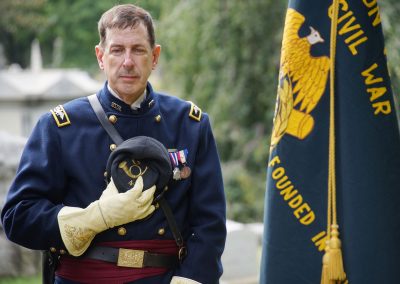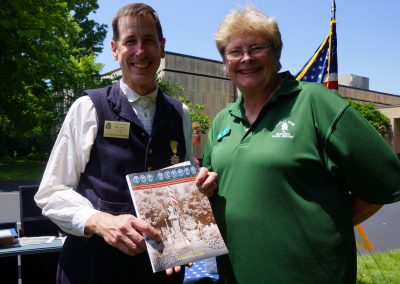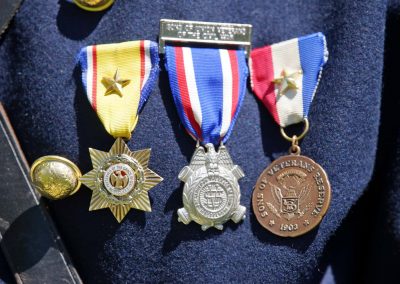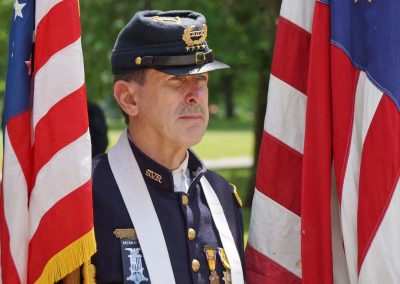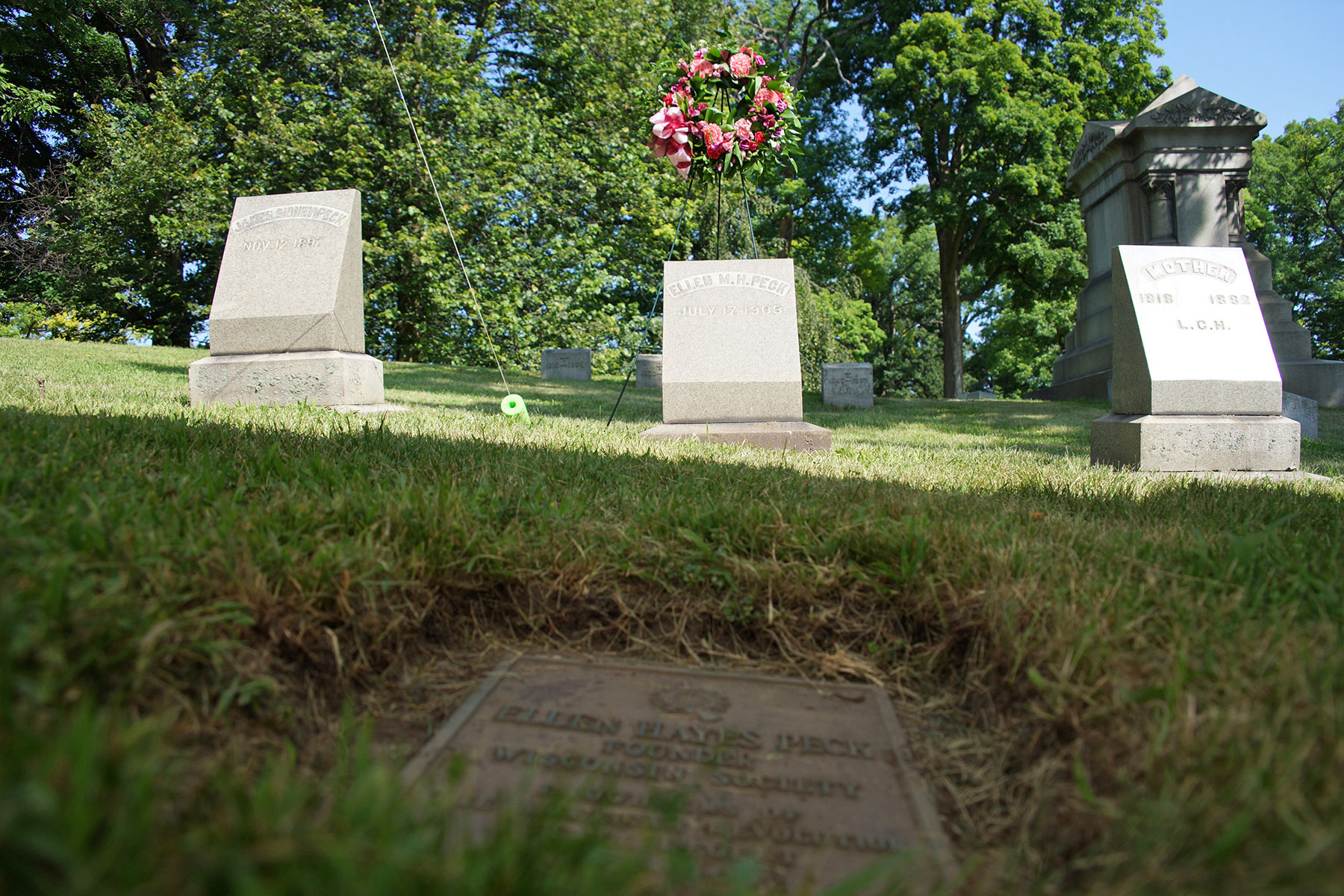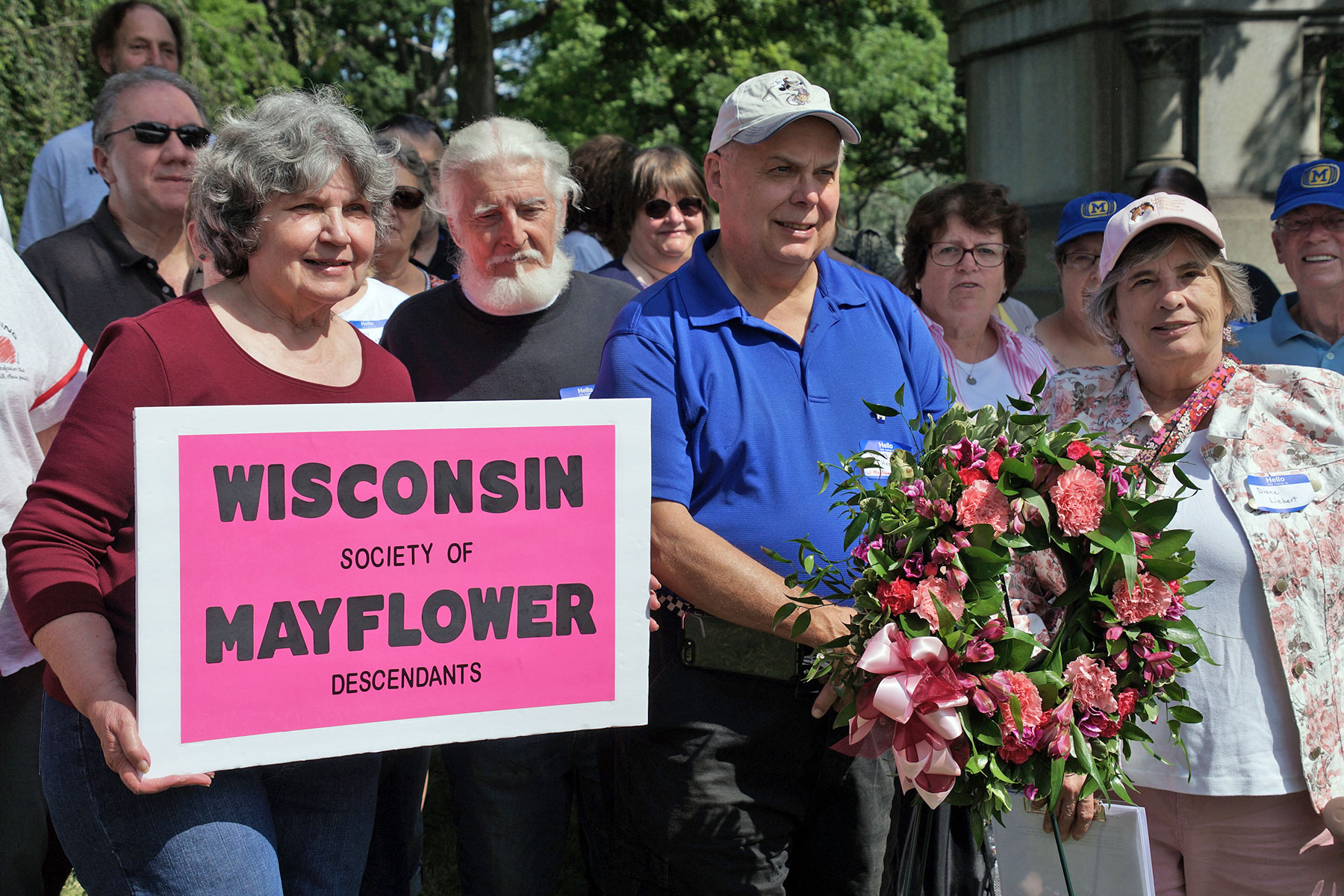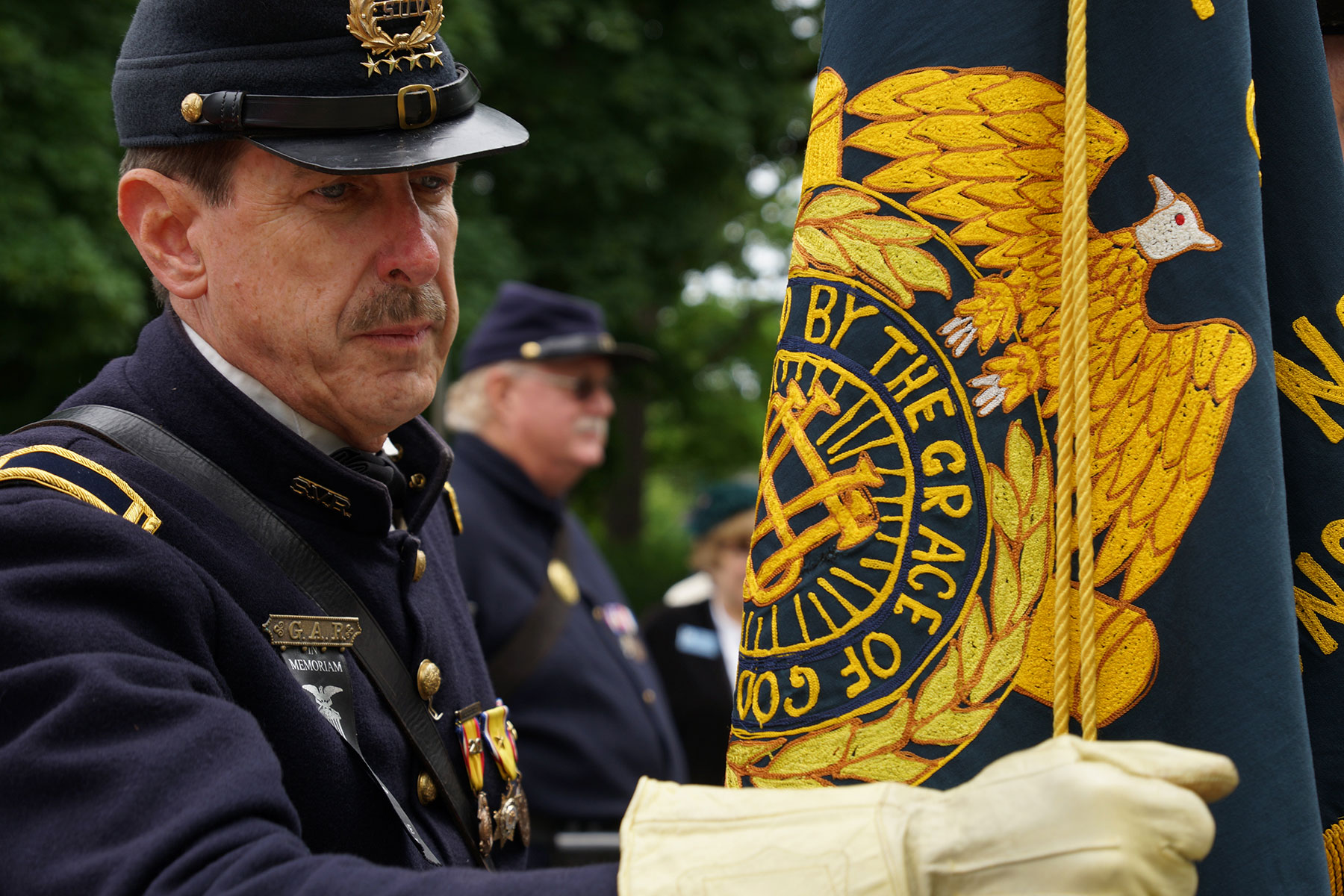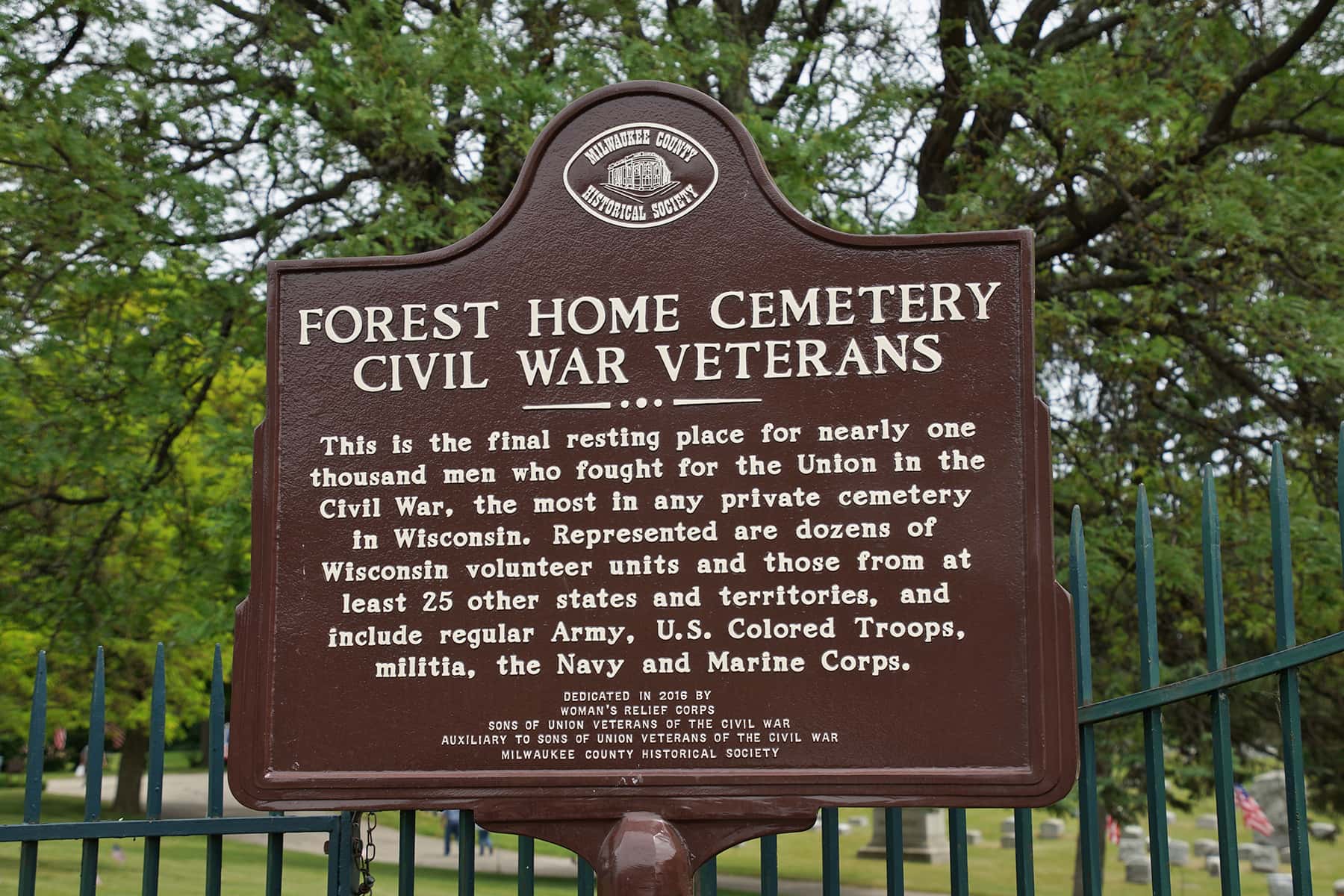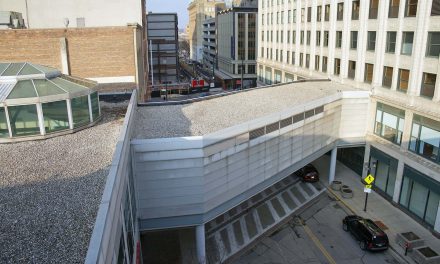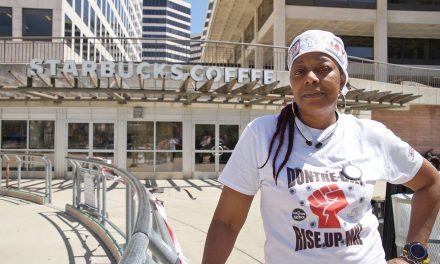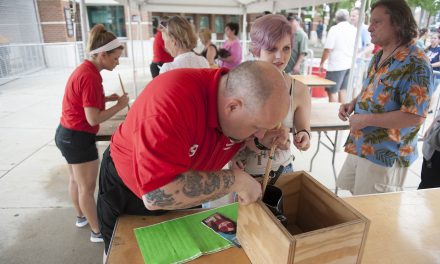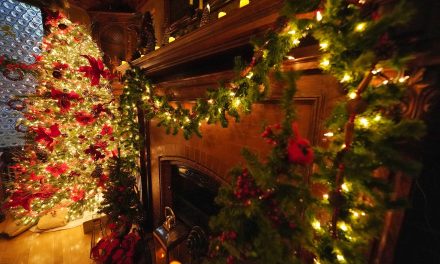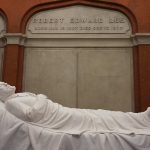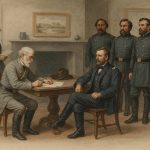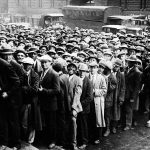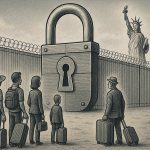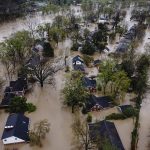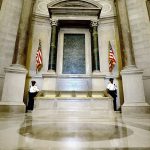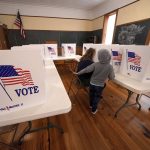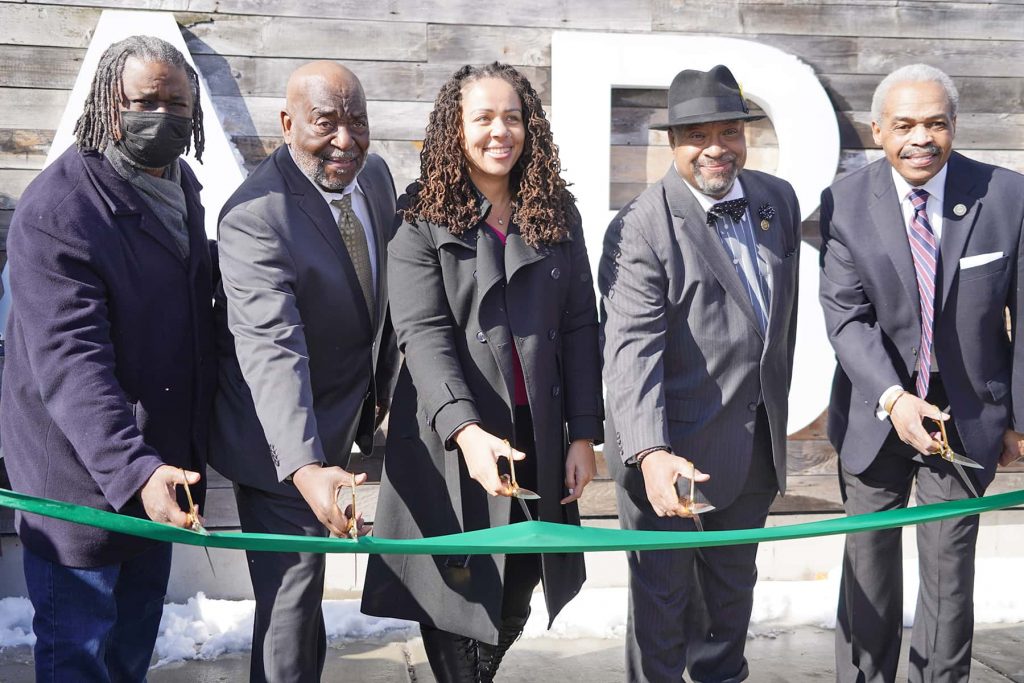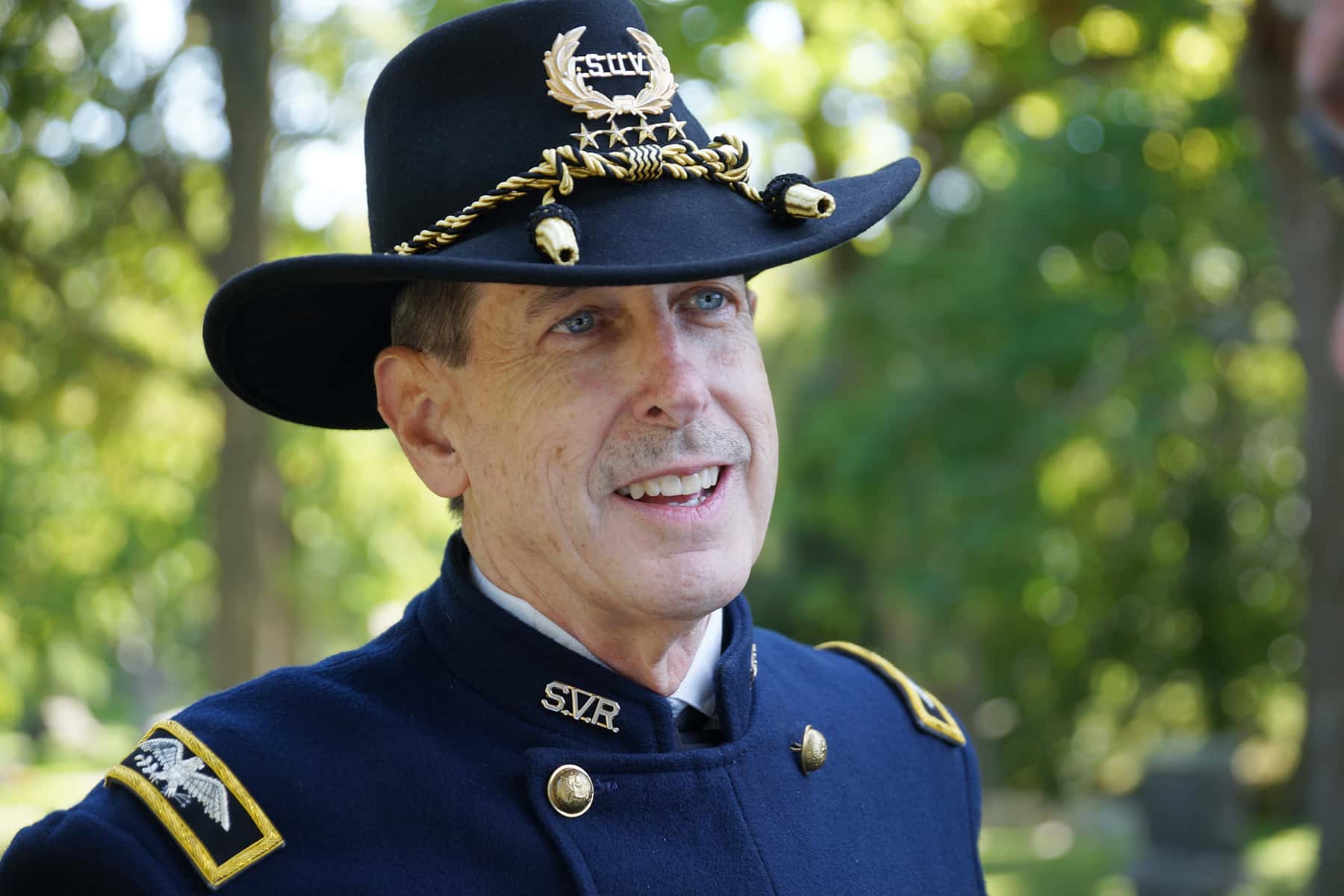
The digitalization of historical records and easy access to new DNA technologies has helped fuel the hunger for many families to trace their genealogy. For Steve Michaels, it was a family obligation but also inspired by a natural curiosity.
As a city of immigrants, Milwauke has a unique foundation story but one not unlike the nation itself. With the current perception of a homogeneous identity, many people easily forget that America is a nation of immigrants. Memories of those ancestors usually ended with grandparents, who felt the pressure to assimilate into the early 20th Century culture and leave the past behind.
In this exclusive Milwaukee Independent essay, Michaels shares his voyage of discovery as a researcher and keeper of his Milwaukee family’s long history from the Old World.
Normally, I would have deleted the eMail. Ever since I had submitted my DNA results and family tree information two years ago, I received weekly solicitations to subscribe to the entire genealogical service. The familiar tease included images and documents that the service attributed to my family tree.
I was home from work on extended sick leave and had some extra free time, so I finally reviewed some of the materials. I scrolled down the assortment of “hints” until my eyes landed on the image of a familiar headstone. It featured the names of my 4th great grandparents buried in Batavia, Ohio. I had been to Batavia and saw the stone in person, but was still curious. The image was provided courtesy of Find-a-Grave, a website devoted to memorials and their cemetery locations across the United States. Often times, submitters to Find-a-Grave include bits of biographical material, sometimes an obit, or even a photo of the deceased, along with the headstone pictured and its inscription.
Perhaps I would find more information about George Washington Croshaw and his wife, Betsy Thurston Croshaw, who had married in Trenton, New Jersey, farmed in upstate New York, and finally settled in the Ohio River Valley in the mid-1800s. Since I had some time, I reached for the mouse and clicked on the image.
I sat for a moment in stunned silence. I could not believe what I was looking at. Instead of biographical material, an obit, or a photo of the deceased, there was a listing in order back to their Mayflower descendant. Because the submitter and I share George and Betsy as common ancestors, I had just received a tremendous gift: seven generations back to Edward Fuller, who with his wife came to the New World in search of religious freedom and a new way of life.
While Edward signed the Mayflower Compact, a document many believe to be the first attempt at self-government in the New World, he and his wife did not survive the first winter. Their son, Matthew, arriving later, became a man of distinction in the band of pilgrims living in Plymouth, Massachusetts. He was a doctor, a militia officer, and a man of property.
I reached out to the submitter of this fantastic online information. She and I were clearly distant cousins and had much to talk about. Indeed, we made contact. Elizabeth, or Libby as she’s sometimes called, have had several conversations since. As it turned out, she was a certified genealogist with over 30 years of research poured into her findings.
We also shared a signer of the Declaration of Independence, Richard Stockton, as well as several Revolutionary War soldiers in our family. Despite posting her abbreviated lineage on the Find-a-Grave website some time ago, I was the only one to respond – or at least the only one to be enthusiastic enough to respond. Most people, Libby conceded, do not get fired up the way we do about such discoveries. To them, it is just a curiosity, an infrequent conversation piece.
* * *
I was in sixth grade when my friend, Karl, showed me a school assignment he had received. The pedigree chart he was supposed to fill in interested me. It was like a game or puzzle I could do too. I sketched a copy of the chart, went home and got started by asking my parents questions. That expanded to asking my grandparents questions. My grandparents lived in Ohio and visited the cemeteries where their family members were buried, copying information off headstones for me.
Genealogy often took a back seat to other life pursuits: school, college, job, volunteer organizations, marriage, and children. But periodically, I would come back to my family history. Through it all, I had become that person in my family who was the depository for not only the folklore and stories, but for every old discarded family photo, scrapbook, or piece of memorabilia.
I loved the detective work and later, the field trips. Before the internet, much of the research process consisted of either traveling to the family’s hometown to ask questions, or writing letters to libraries and historical societies in the hometown. The process took weeks or months, and was maintained by the hope that someone had the time and knowledge to answer the query.
One such effort led me to a distant cousin in Carlisle, Ohio, who had documented our family back to the Revolutionary War. Our Revolutionary War ancestor, Jacob Prickett, had surveyed land with George Washington’s elder half-brother, Lawrence, and had built a fort on the Monongahela River near present-day Fairmont, West Virginia. The fort was reconstructed for the Nation’s Bicentennial in 1976 and stands on a beautiful 188-acre state park. My family has taken a couple of field trips to Prickett’s Fort over the years.
The 1990 PBS broadcast of the Ken Burns series on the Civil War, and the 1993 release of the film “Gettysburg” continued to fuel my interest in genealogy, just like Alex Haley’s 1977 TV mini-series “Roots” had done 15 years earlier. Based on information my grandparents had provided decades earlier, I knew there were Civil War soldiers in my lineage. After reviewing military histories and receiving pension files from the National Archives, I began piecing together the lives of these soldiers and their stories of sacrifice.
Each of them offered a unique look into a turbulent time in American history. Each was a story that had been lost over the generations. And each of them belonged to my family.
My 3rd great grandfather, William H. Wilson, his brother, Wright Wilson, and a great great uncle, Wilson Kratzer, fought at the Battle of Shiloh in April 1862. The two Wilsons were wounded, disabling them for the rest of their lives. Kratzer was killed on the battlefield and buried in an Unknown’s grave.
Kratzer’s oldest brother, Thomas, was wounded in action at the Second Battle of Bull Run in August 1862. His youngest brother, Frank, was captured at the Battle of Chickamauga in September 1863 and held at Libby Prison, the infamous Confederate detention center in Richmond, Virginia, for ten days before being carried out on a stretcher and exchanged.
In 1993, I took my wife along to a Civil War show in Mansfield, Ohio. It was my hope to find artifacts or souvenirs related to the service of my ancestors in various Ohio regiments. Instead, I was handed an application to join the Sons of Union Veterans of the Civil War. I did not know it at the time, but joining the SUVCW was a life changing event for me.
Over the next eleven years, I reorganized my local chapter, referred to as a “Camp,” serving as its commander, then as state or “Department” Commander, and then was elected National Commander-in-Chief. Consequently, my wife and four children became immersed in the Civil War and history – their history. My wife discovered her own Union ancestry and joined the Auxiliary to the Sons of Union Veterans of the Civil War. She eventually became its National President. Three of my four kids were members, each of them volunteering, learning, and interacting with adults while still in grade school. Each also had the chance to meet Milwaukee’s “real” son of a Union veteran, Bill Upham.
As the SUVCW’s national leader, I traveled the country, observing and recognizing so many dedicated “brothers” who were conducting school programs, talking to community groups, placing new military headstones, cleaning up abandoned cemeteries where Union soldiers lay, conducting ceremonies on Memorial Day, and at other times marching in parades in vintage uniform and participating in living histories – calling attention to our common American heritage. Many more were supporting present-day veterans and their needs. During the Milwaukee Soldier’s Home “Reclaiming Our Heritage” event, I was a regular on the cemetery tour, portraying the Home’s military governor, General Kilburn Knox. I still enjoy portraying Knox, for the occasional school group visiting the historic Soldiers Home district.
I spoke about the sacrifices of Union soldier at countless ceremonies, and about the journey of researching to historical and genealogical societies. And I had the honor to place a wreath at the grave of the Unknown Soldier in Washington DC. After my term as Commander-in-Chief, I served as editor of “The Banner,” the SUVCW’s national magazine, for nine years.
* * *
As Thanksgiving approached, I wondered what, if anything, I would say to my family about their pilgrim ancestors. The word “pilgrim” often conjures the images of a second grader’s crayon drawing of people who wore funny clothing, tall black hats, and shoes with buckles – mythical images. My kids had grown up with the beloved cartoon “The Mouse on the Mayflower.” That childhood story and others simplified the history of the pilgrims and Thanksgiving, and promoted incorrect stereotypes.
Maybe it would be better to say nothing that would dispel those simplistic history lessons. After all, not everyone in the family is as fired up about family history as I am. But then, sharing a family story would at least give them a connection to reality. A short story about Edward Fuller and his wife, his signing the Mayflower Compact, and their search for a better life might become a new family tradition.
Quite coincidentally, 2020 is the 400th anniversary of the sailing of the Mayflower to the New World. This would be a perfect time to commemorate the historical event, and my ancestor’s role, by joining the Mayflower Society. I had already attended the Wisconsin Mayflower Society‘s Compact luncheon a few weeks earlier and made many new friends. After the luncheon, my detective work would continue. There are always many more questions than answers in genealogy. Researching my dad’s side of the family has remained a challenge, and there is still a lot to uncover.
At funerals, we are told that those who have passed wish to be remembered. As long as they are not forgotten, they always remain with us. I have often felt that way about my father, a World War II veteran, who died too young from cancer. My volunteer work as a member of these patriotic, public service, fraternal, and lineage societies has been my way of remembering him, and the service of those before him. I have never felt that it was wasted time or effort. Quite the contrary.
We all hope that we will be remembered long after we are gone. My only hope is that one of my children, or grandchildren, will someday become that person is the depository for not only the family folklore and stories, but for every old discarded family photo, scrapbook, or piece of memorabilia. Because I have a storage space full of memories, and they should live on after me.
- Society of Mayflower Descendants honor historic Wisconsin leaders
- Unmarked graves of two Milwaukee Civil War veterans get headstones during 2019 Doors Open
- Civil War veterans honored with historical marker on Gettysburg anniversary at Calvary Cemetery
- Milwaukee’s last Civil War veteran memorialized on his 75th anniversary
- Photo Essay: Calvary Cemetery hosts Civil War era Memorial Day service
- Sons of Union Veterans of the Civil War share special Memorial Day remembrance at Calvary Cemetery
- Edward Bonekemper: Debunking the big lie about Civil War history
- Audio: Myth of the Lost Cause and how it whitewashed slavery
- Photo Essay: Civil War Veterans Day in Wisconsin
- Adopt-A-Soldier program gives headstones to Milwaukee’s forgotten Civil War heroes
- Memorial installed at grave of Colored Civil War soldier
- A statue honoring Milwaukee’s Colored Civil War soldiers should be erected in Bronzeville
- Photo Essay: Dousman Civil War Encampment
- Photo Essay: 150th Anniversary of the Civil War
- Civil War legacy still affects Milwaukee’s economy
Lee Matz

